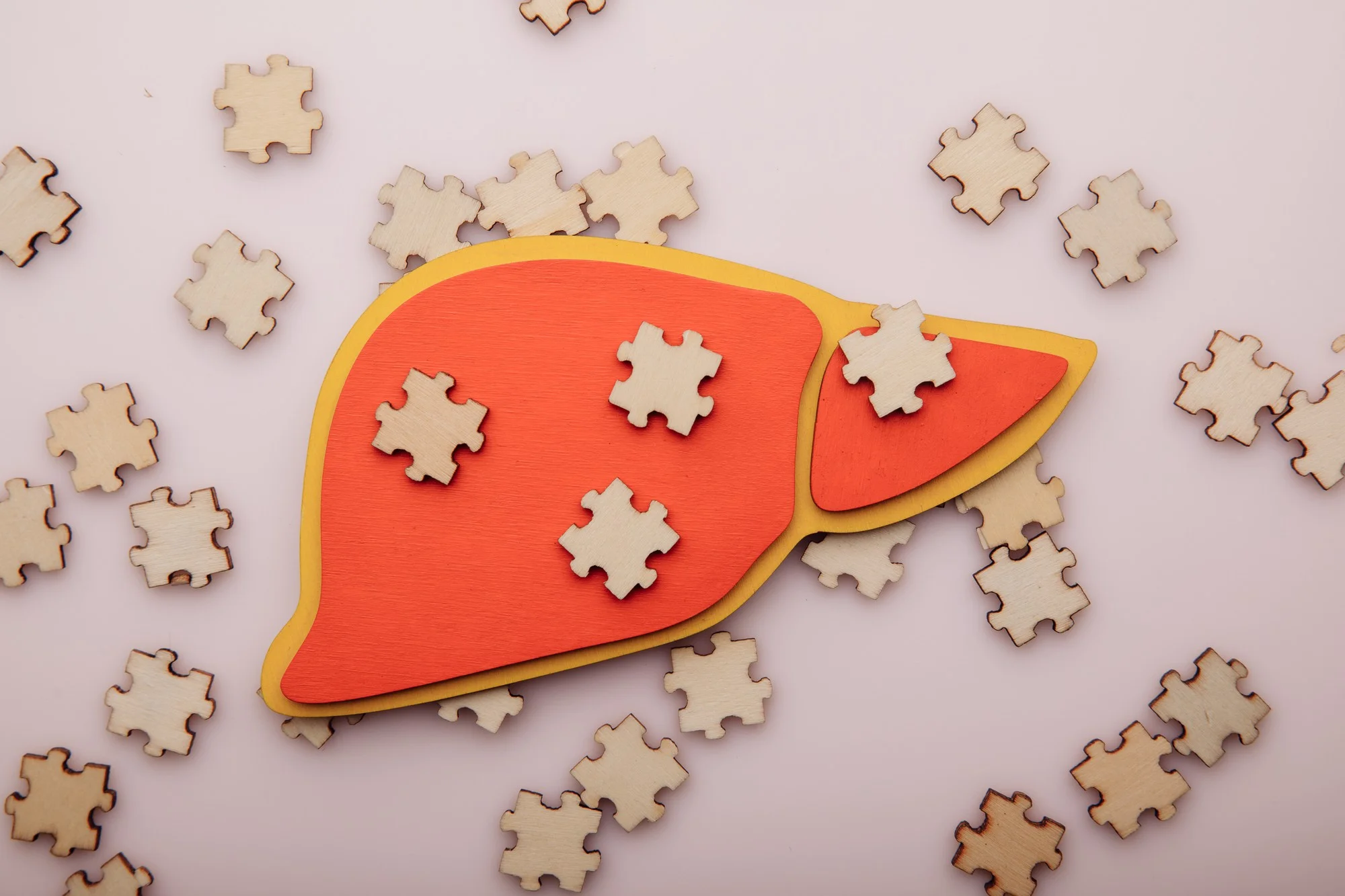Keywords
1. Liver Biopsy
2. Nonalcoholic Fatty Liver Disease
3. Liver Fibrosis Evaluation
4. Hepatology
5. Fibrosis Assessment Methods
In recent years, the landscape of liver disease diagnosis has witnessed significant changes with the advent of non-invasive methods aimed at assessing liver fibrosis. Despite these advancements, a recent article published in Clinical Liver Disease argues that liver biopsy remains the gold standard for evaluating fibrosis in patients with Nonalcoholic Fatty Liver Disease (NAFLD). The authors, Daniel D. Berger, Vishal V. Desai, and Sujit S. Janardhan from the Section of Hepatology at Rush University Medical Center, offer a definitive synthesis of current literature regarding the assessment and management of NAFLD.
Nonalcoholic Fatty Liver Disease, a condition marked by excessive fat storage in the liver not due to alcohol abuse, is a growing epidemic. The global prevalence of NAFLD has been on the rise, mirroring the surge in obesity and type 2 diabetes. According to Younossi et al., the global epidemiology of NAFLD reveals a concerning trend in prevalence, incidence, and outcomes (Hepatology, 2016).
The thrust of the article, designated with the DOI 10.1002/cld.740, delineates the authors’ firm stance on the necessity of liver biopsy in the accurate assessment of fibrosis. A disease progression indicator, fibrosis determines the prognosis of NAFLD, which can progress from simple steatosis to nonalcoholic steatohepatitis (NASH), advanced fibrosis, and potentially cirrhosis. The opinion piece sets forth a strong argument against solely relying on alternative diagnostic tools, despite their promise and rising use in clinical practice.
The authors cite the pivotal work by Angulo et al. (Gastroenterology, 2015), which underscores that among various histologic features of NAFLD, fibrosis alone is intricately linked with long-term outcomes. This positions liver fibrosis as a critical factor to gauge in managing NAFLD, given that it bears the weight of potential mortality and morbidity. Traditional methods of evaluating liver fibrosis include histological examination through liver biopsy—a direct inspection under a microscope after a tissue sample is extracted from the liver. This invasive procedure has stood the test of time, offering granular details on cellular level changes and staging of fibrosis.
Liver biopsy, as pointed out by Berger and colleagues, does indeed have its own set of shortcomings, such as the risk of complications. Seeff et al. (Clin Gastroenterol Hepatol, 2010) reported a complication rate of percutaneous liver biopsies showing that although they are generally safe, there is an inherent risk involved with invasive procedures. This acknowledgment does not eclipse the utility of liver biopsy but rather iterates the need for careful patient selection and consideration of risk versus benefit.
Countering the complexity and risks associated with liver biopsy, non-invasive modalities such as transient elastography, magnetic resonance imaging (MRI), and serum biomarkers have been developed to estimate liver fibrosis. Castera et al. noted several limitations and pitfalls of transient elastography over a 5-year study (Hepatology, 2010), while Imajo et al. (Gastroenterology, 2016) showcased that MRI could potentially categorize steatosis and fibrosis more accurately than transient elastography.
Despite such alternatives, Berger et al. argue that none can replace the diagnostic centrality of liver biopsy. Subtle nuances in histopathology that have diagnostic and prognostic relevance can only be picked up through traditional biopsies. They also stress that while there’s room for diagnostic modalities to complement each other, reliance on non-invasive methods should not come at the cost of missing critical histological data that could alter patient management.
In the broader context of patient safety, concerns regarding invasive procedures are justified. Chandrasekar et al. (Catheter Cardiovasc Interv, 2001) convey the importance of recognizing complications in procedures like cardiac catheterization, mirroring cautionary stances similar to invasive liver biopsies.
While Berger and colleagues’ opinion piece highlights the indispensable role of liver biopsy, it opens the floor to ongoing academic discussion, with the ultimate goal of optimizing patient outcomes in NAFLD. For practitioners and researchers, their work emphasizes the continued need to refine diagnostic strategies and tailor them to individual patient profiles.
Looking ahead, the medical community anticipates advancements in technology and a deeper understanding of liver diseases, which could potentially modify the current paradigm. Yet, as of the latest perspectives distilled by Berger et al., liver biopsy upholds its status, not as an antiquated procedure but rather an enduring, irreplaceable tool in the hepatologist’s arsenal against liver diseases such as NAFLD.
References
1. Younossi ZM, Koenig AB, Abdelatif D, et al. Global epidemiology of nonalcoholic fatty liver disease: meta‐analytic assessment of prevalence, incidence, and outcomes. Hepatology 2016;64:73‐84. DOI:10.1002/hep.28431.
2. Angulo P, Kleiner DE, Dam‐Larsen S, et al. Liver fibrosis, but no other histologic features, is associated with long‐term outcomes of patients with nonalcoholic fatty liver disease. Gastroenterology 2015;149:e10. DOI:10.1053/j.gastro.2015.04.043.
3. Castera L, Foucher J, Bernard PH. Pitfalls of liver stiffness measurement: a 5‐year prospective study of 13,369 examinations. Hepatology 2010;51:828‐835. DOI:10.1002/hep.23443.
4. Imajo K, Kessoku T, Honda Y, et al. Magnetic resonance imaging more accurately classifies steatosis and fibrosis in patients with nonalcoholic fatty liver disease than transient elastography. Gastroenterology 2016;150:e7. DOI:10.1053/j.gastro.2015.12.028.
5. Seeff LB, Everson GT, Morgan TR, et al. Complication rate of percutaneous liver biopsies among persons with advanced chronic liver disease in the HALT‐C trial. Clin Gastroenterol Hepatol 2010;8:877‐883. DOI:10.1016/j.cgh.2010.06.024.
